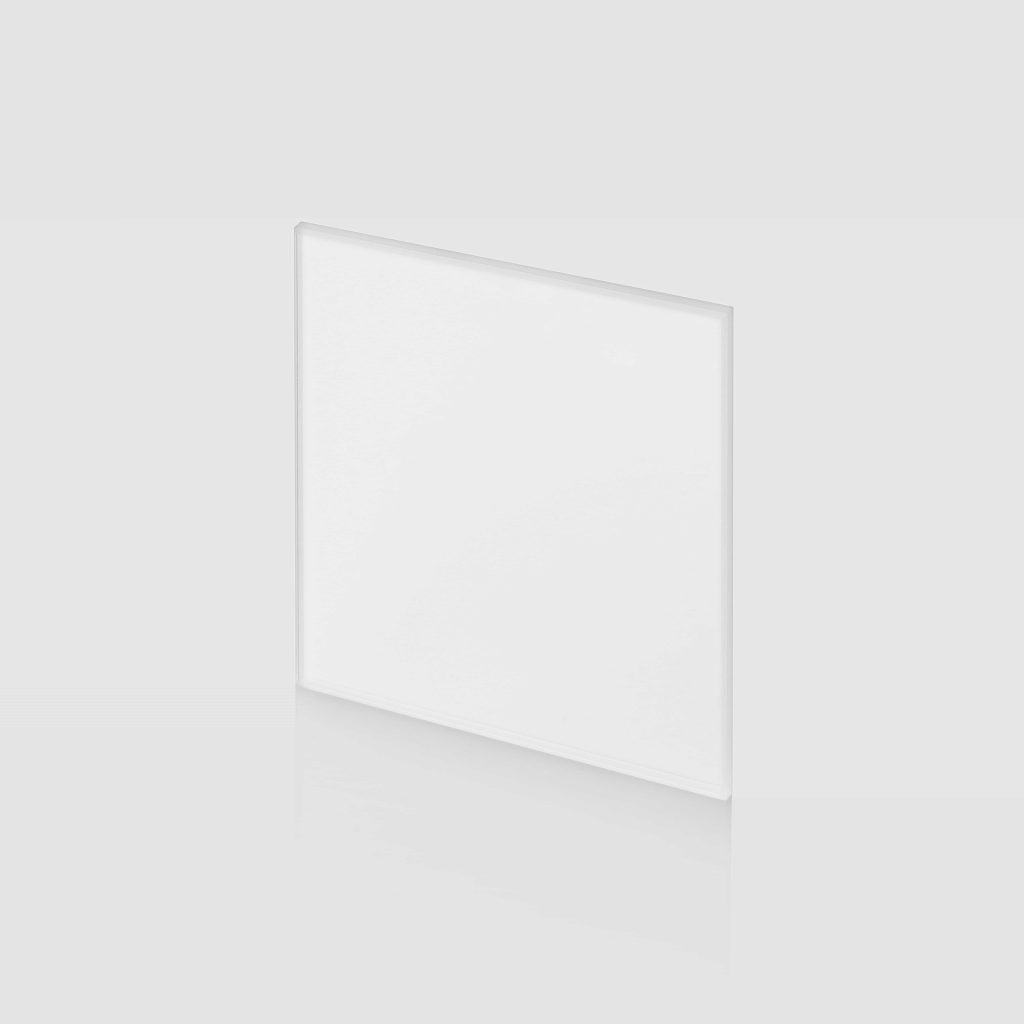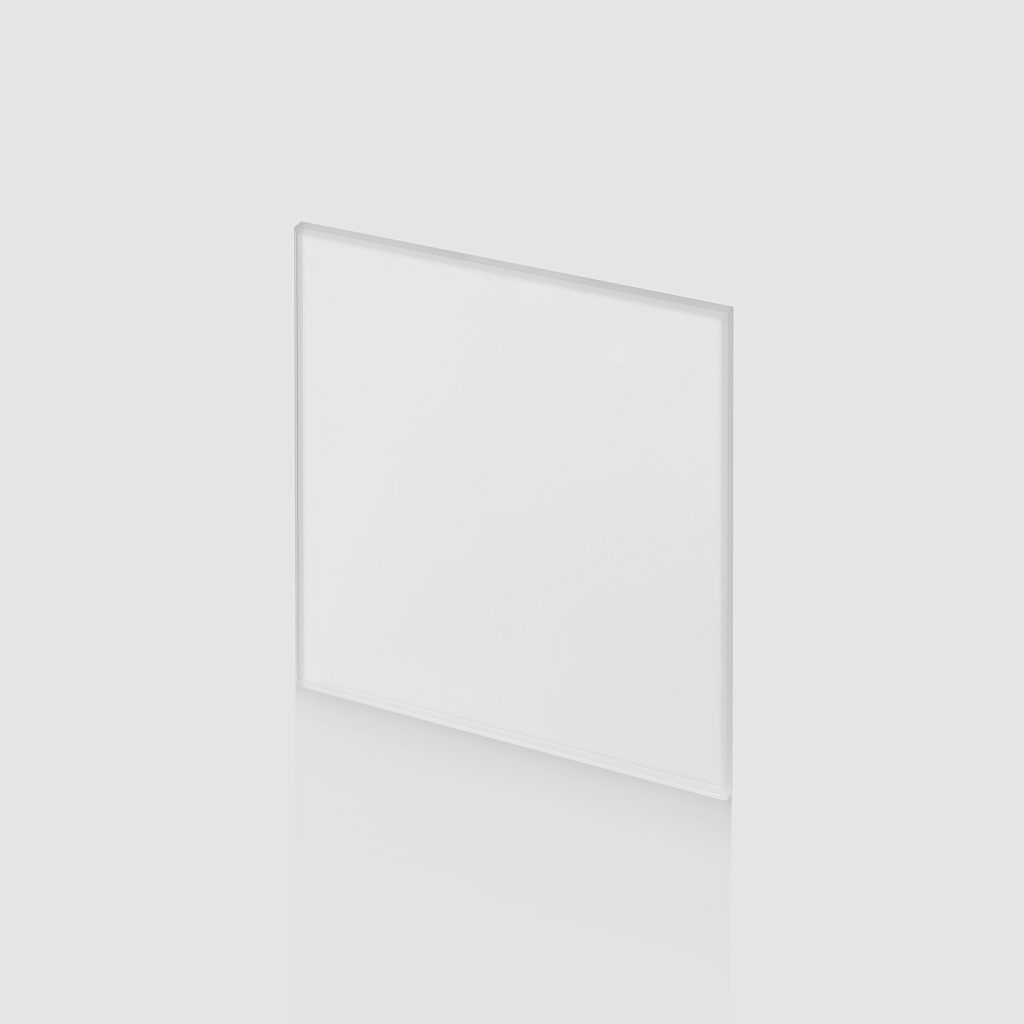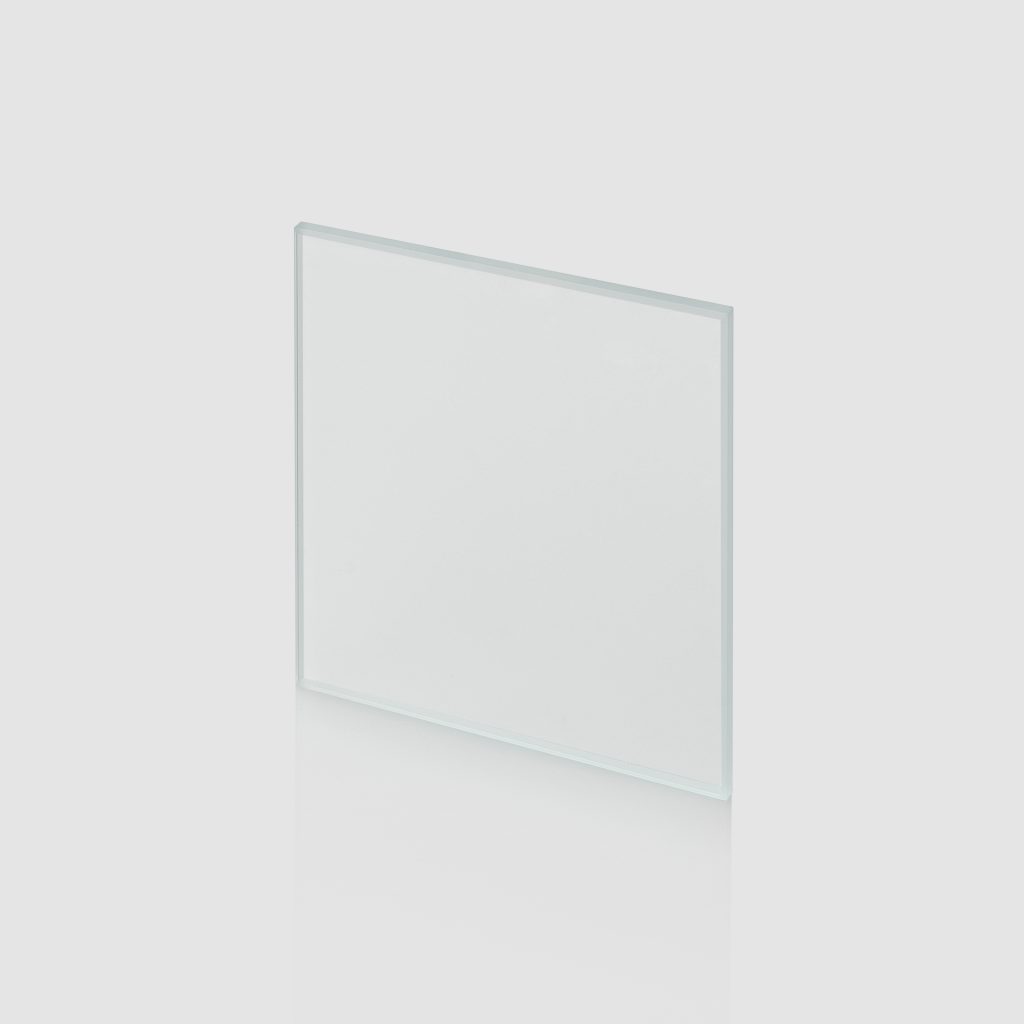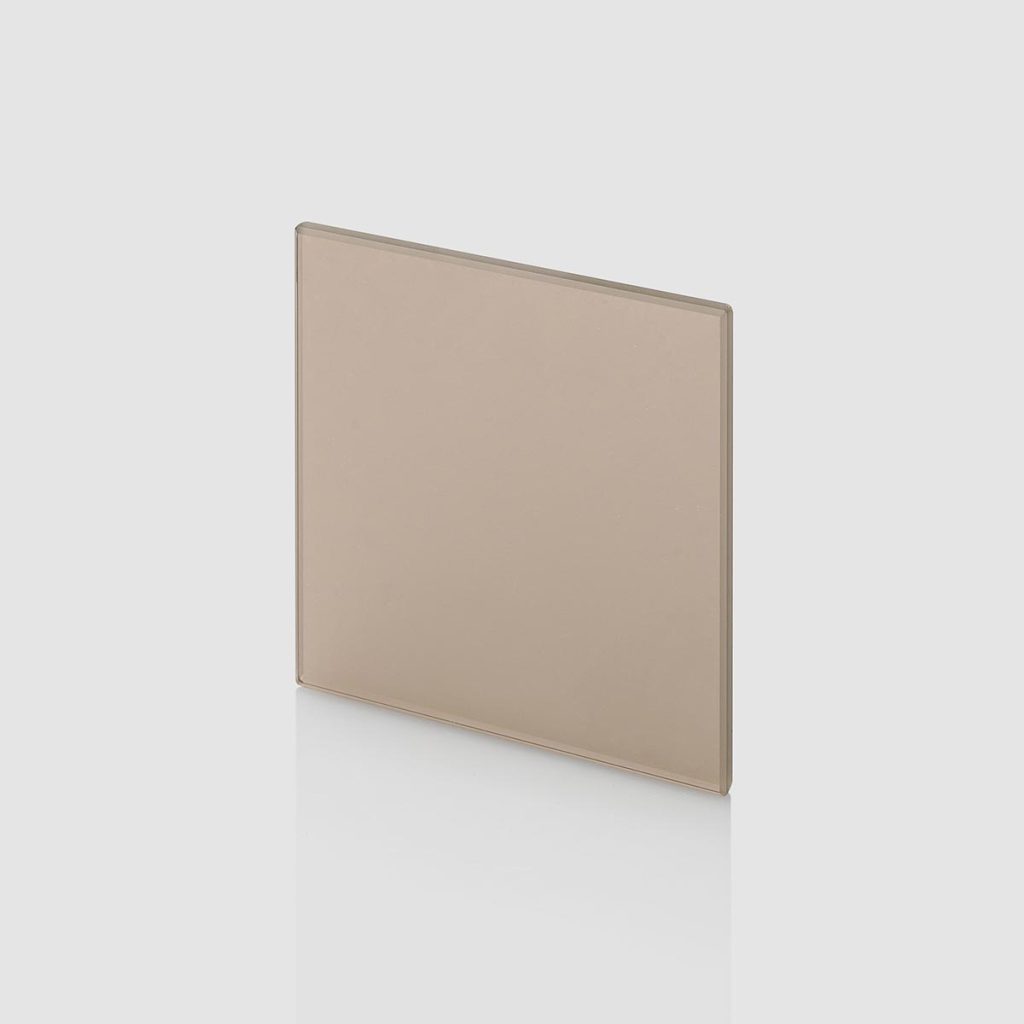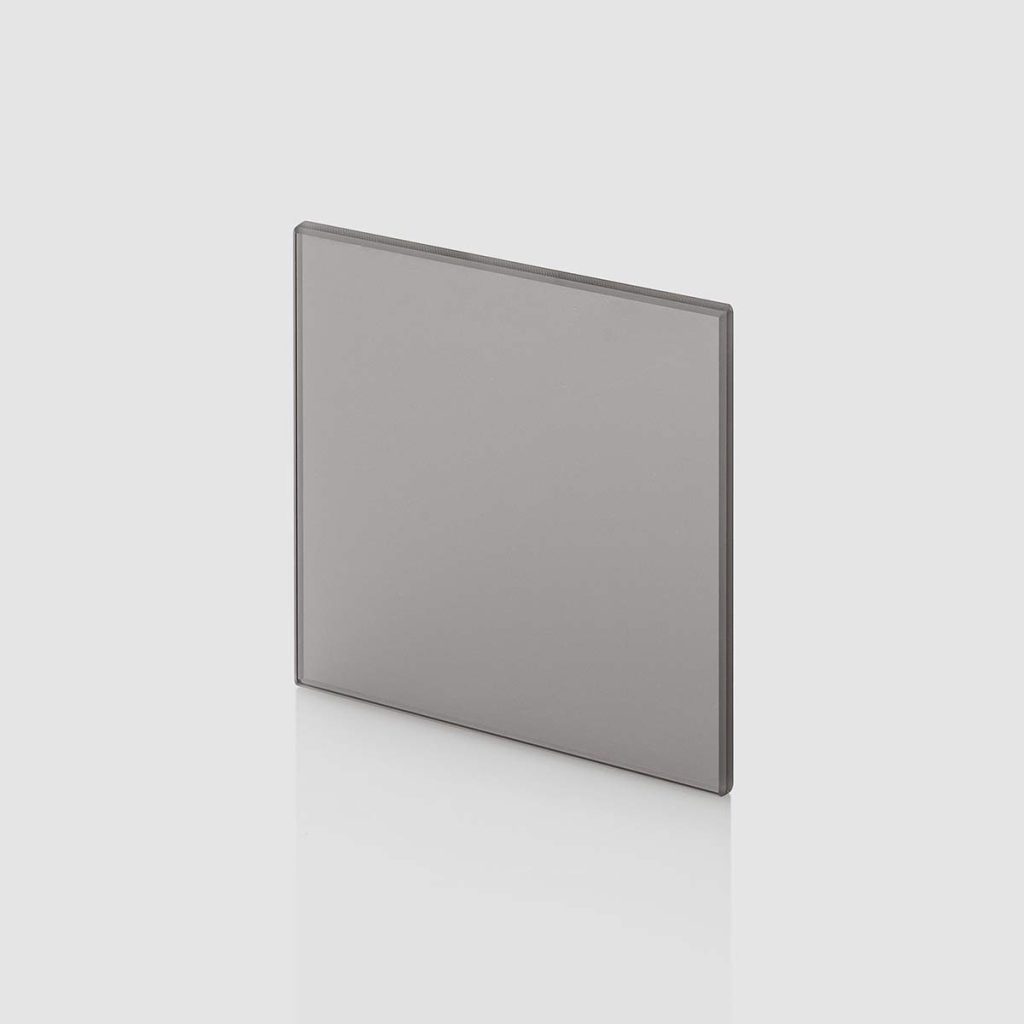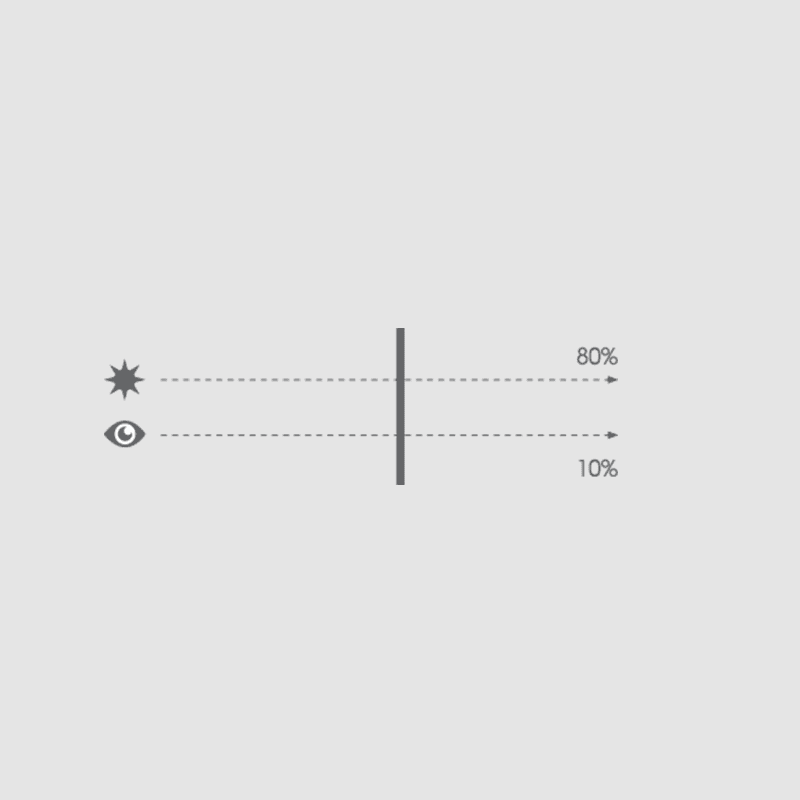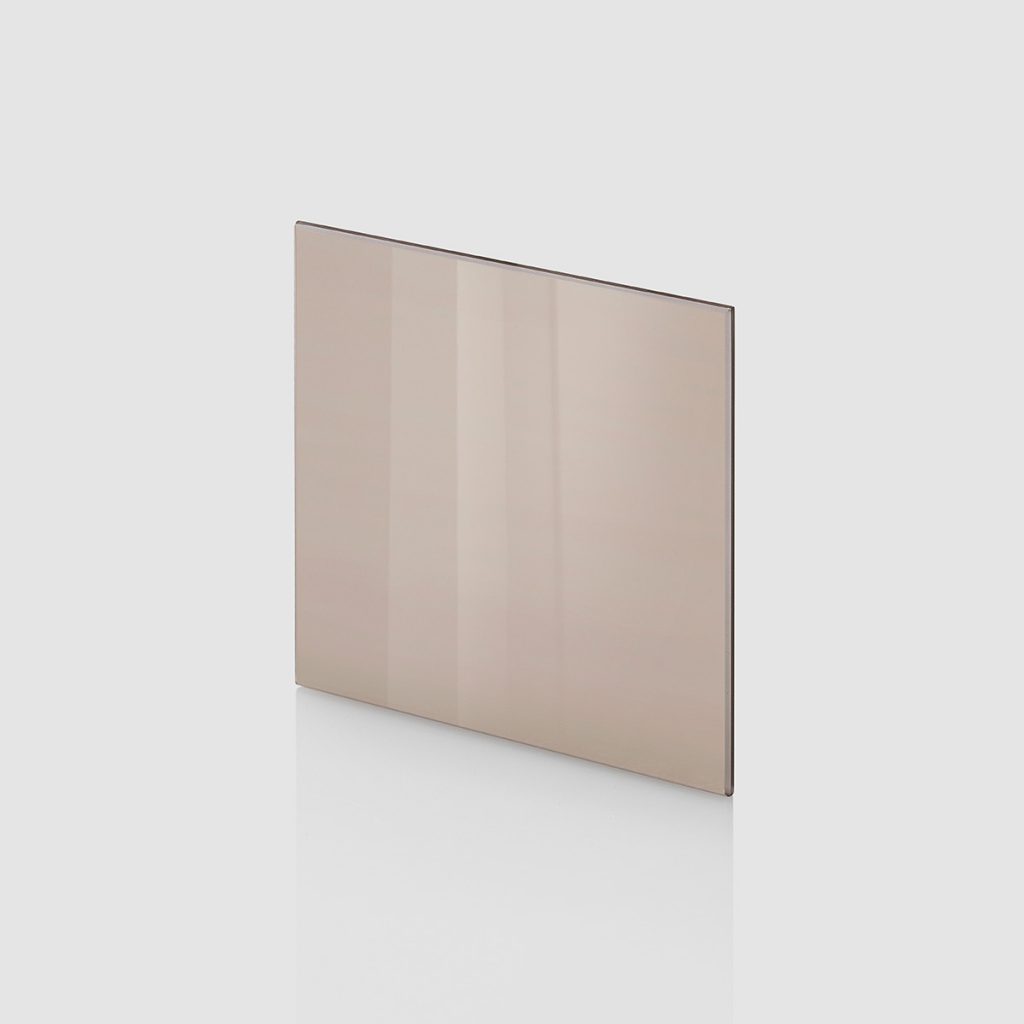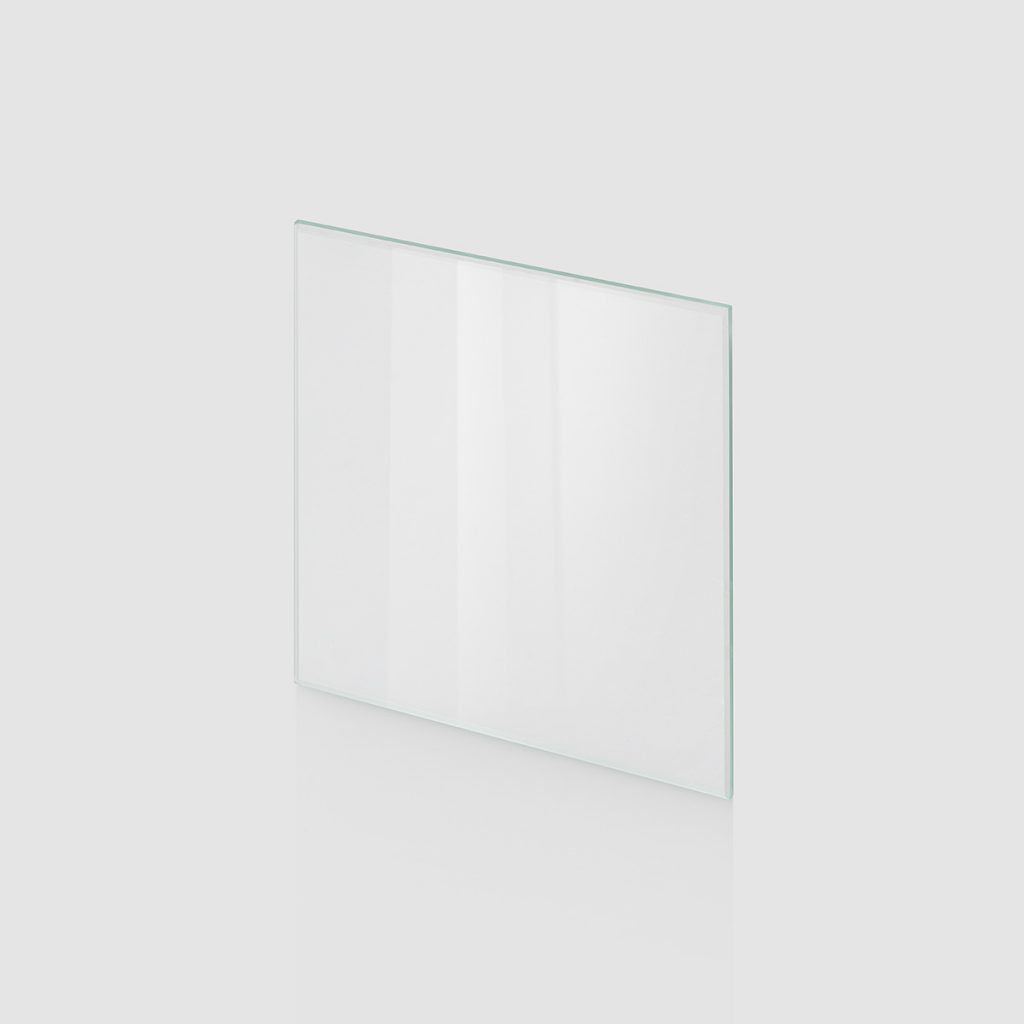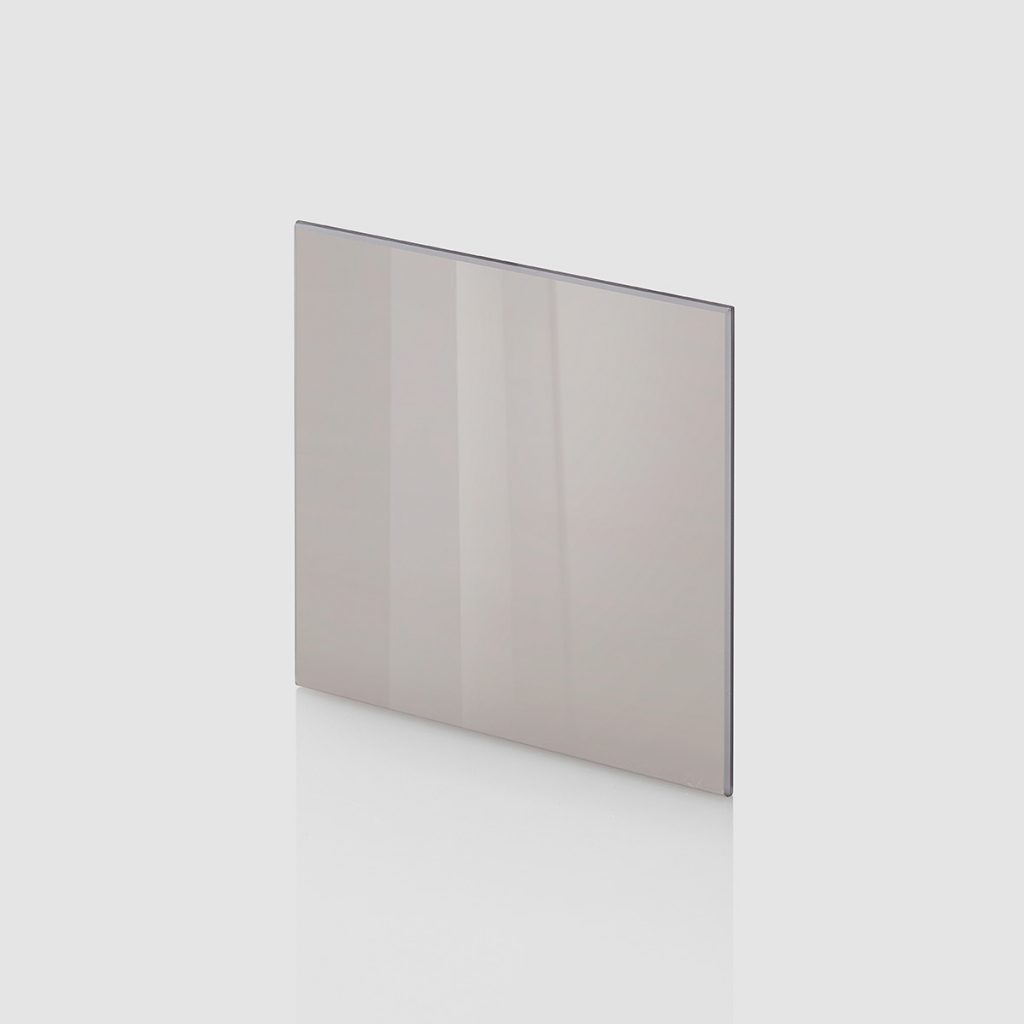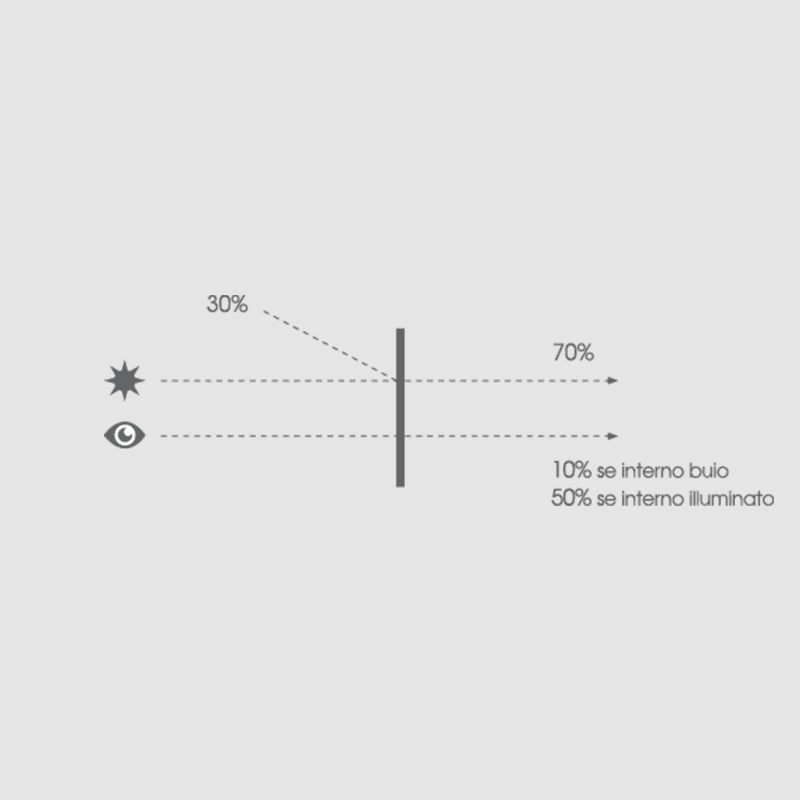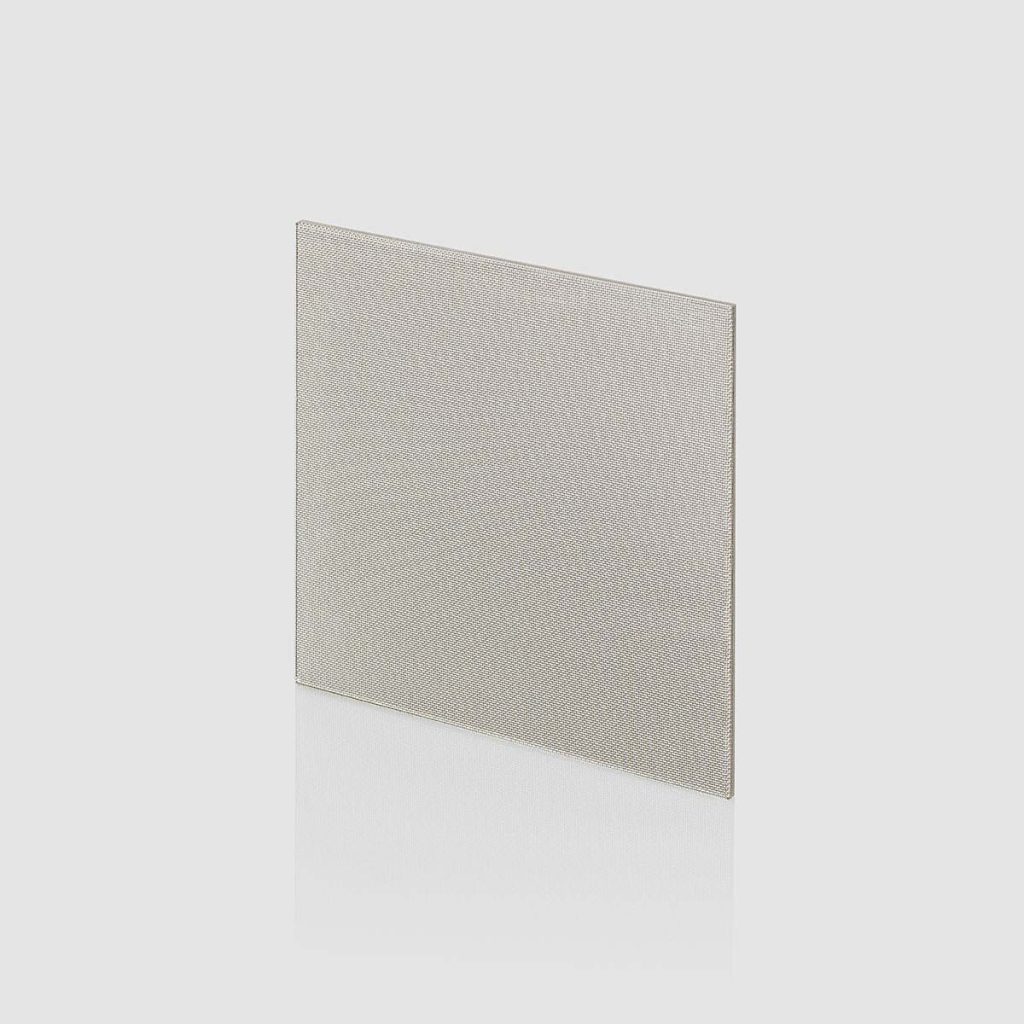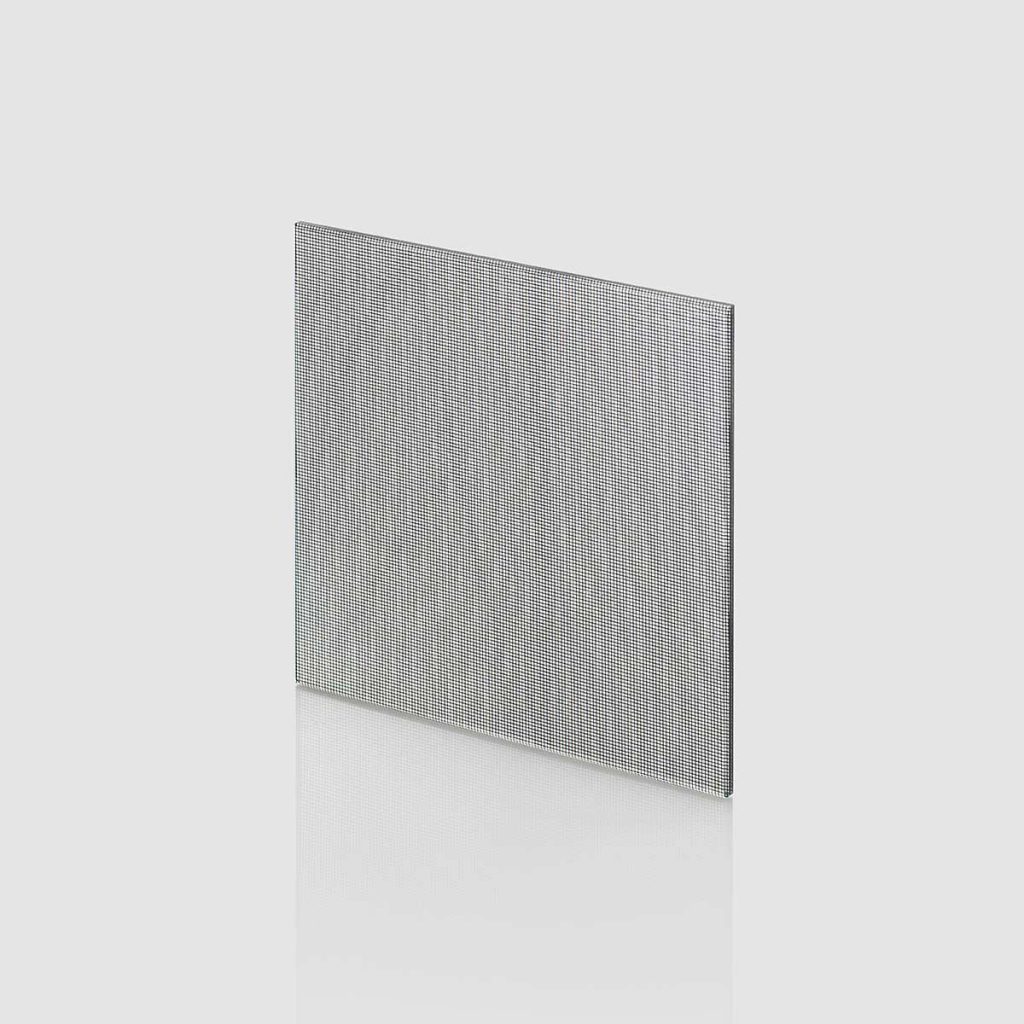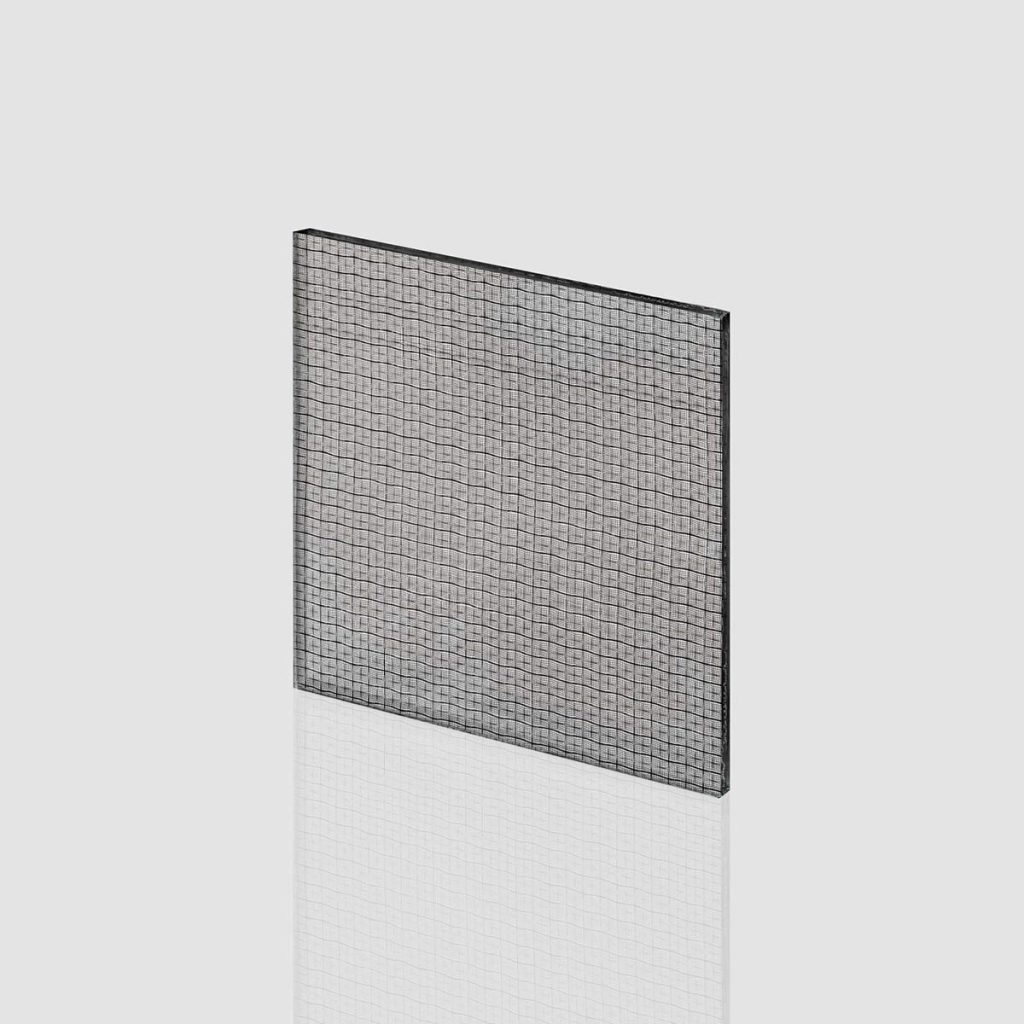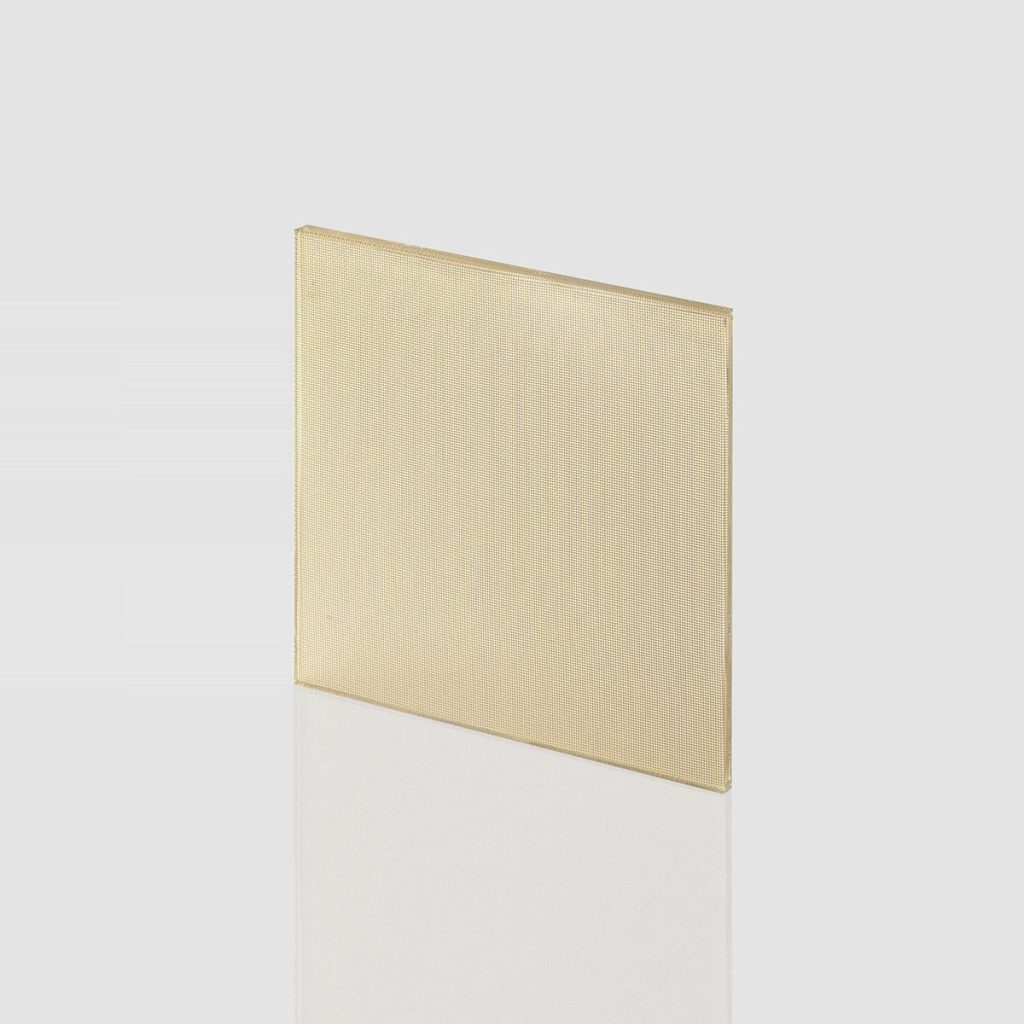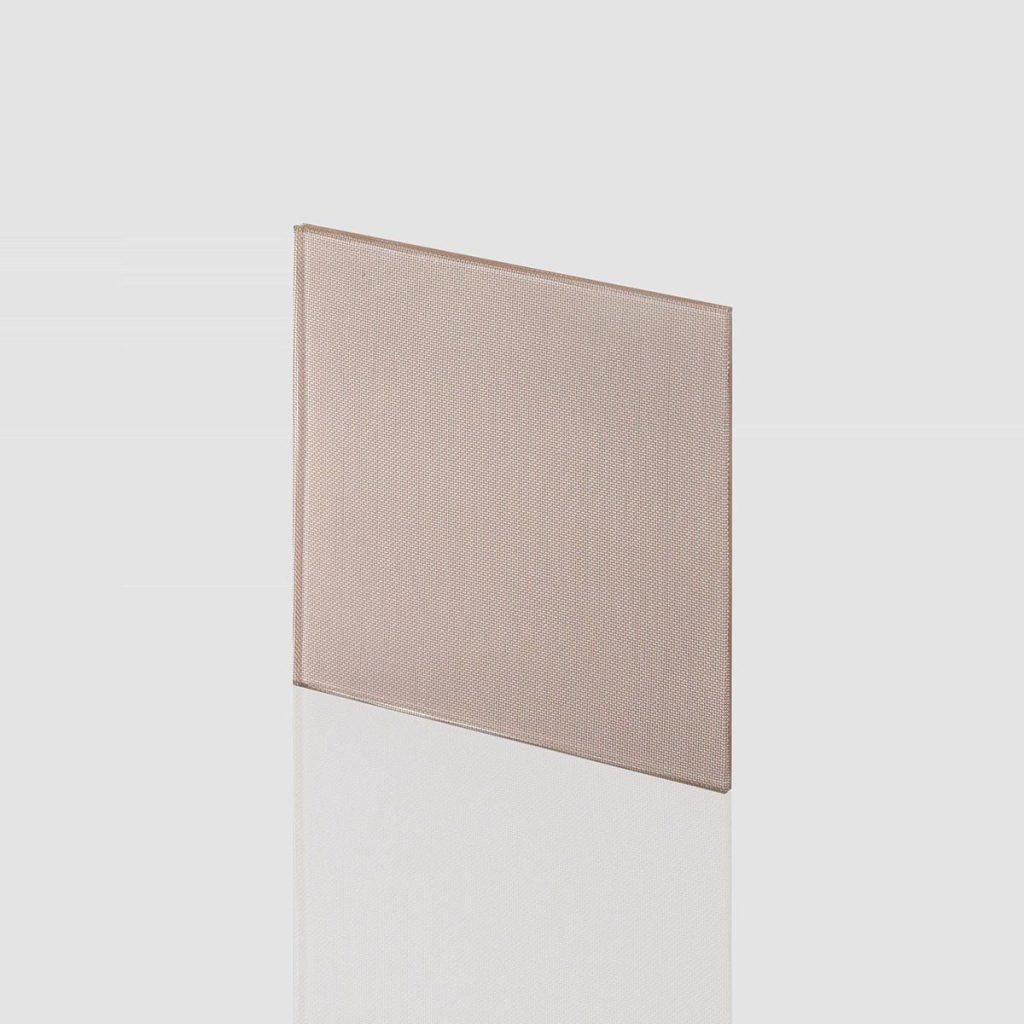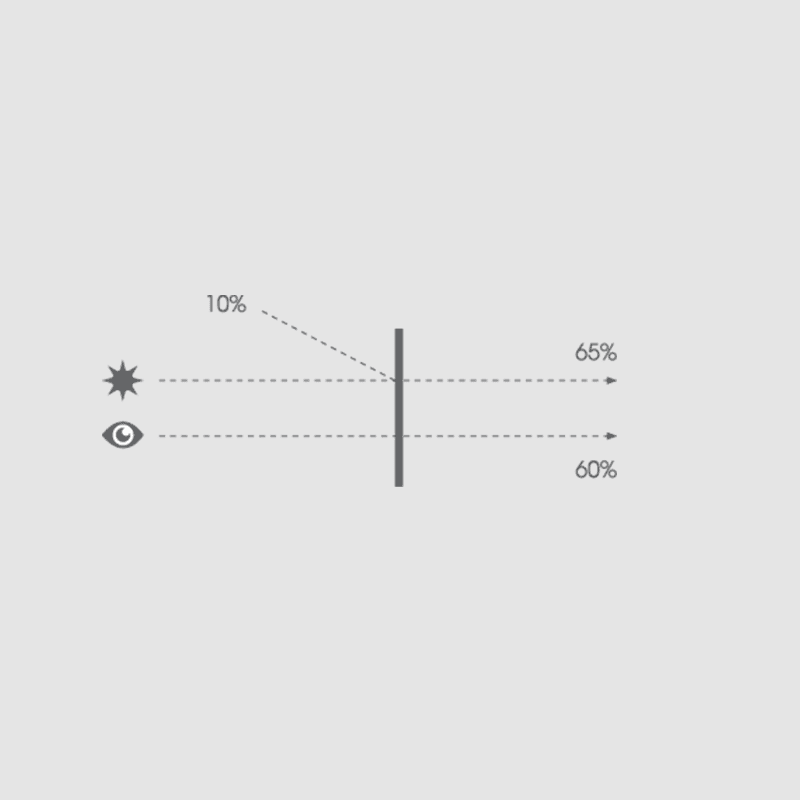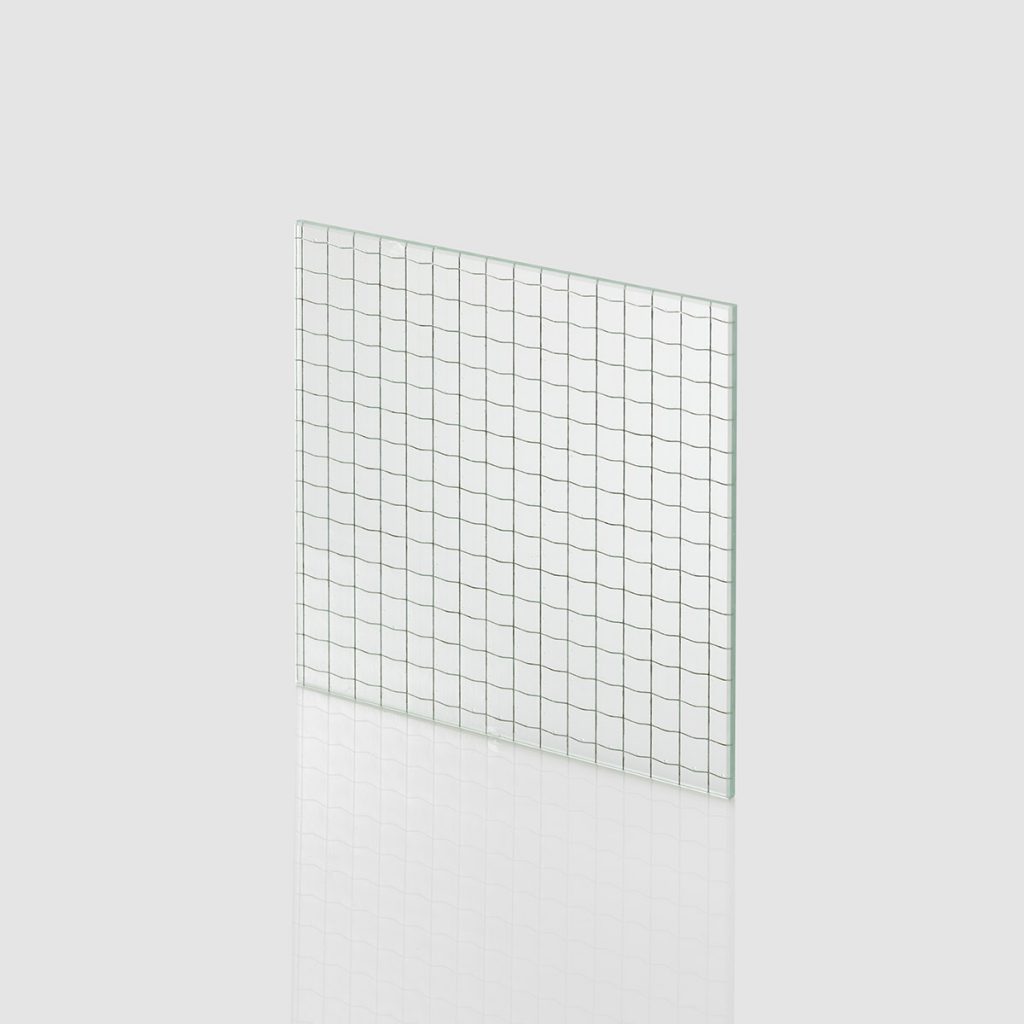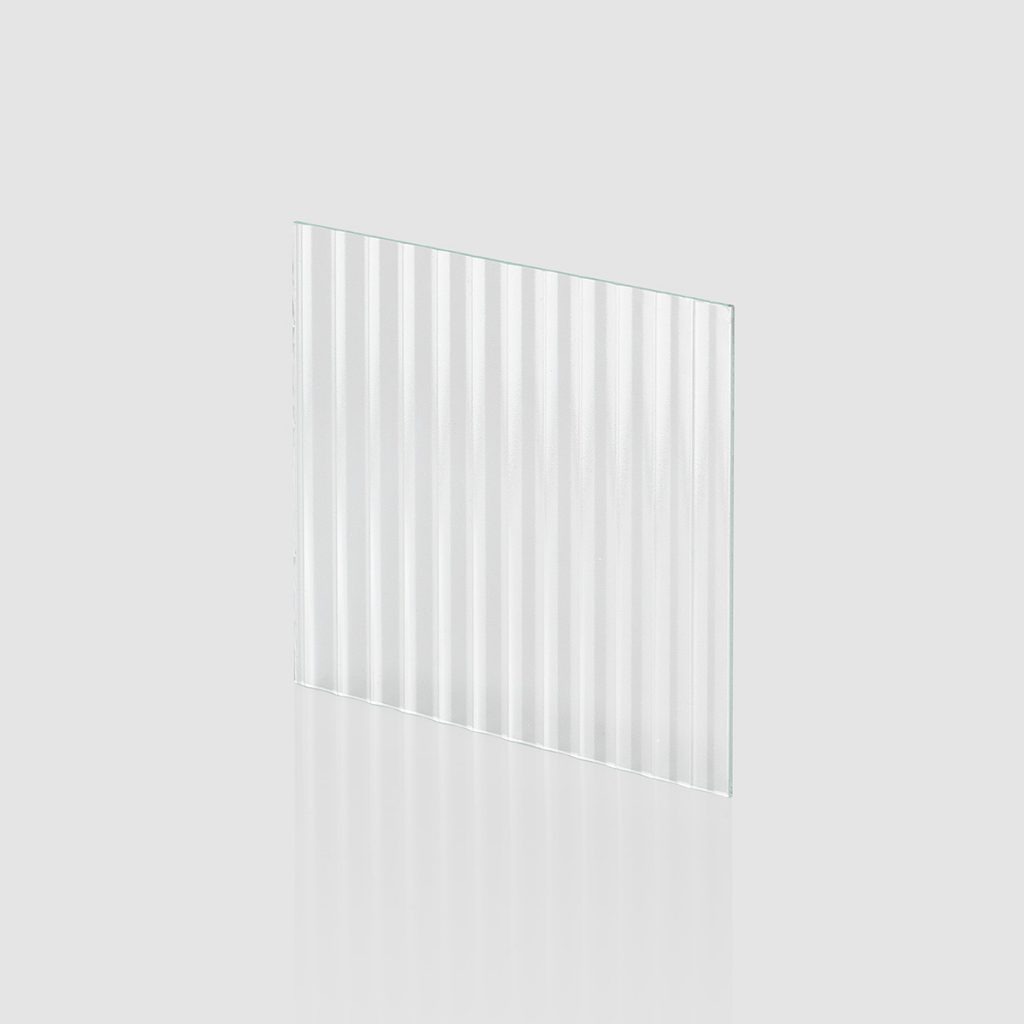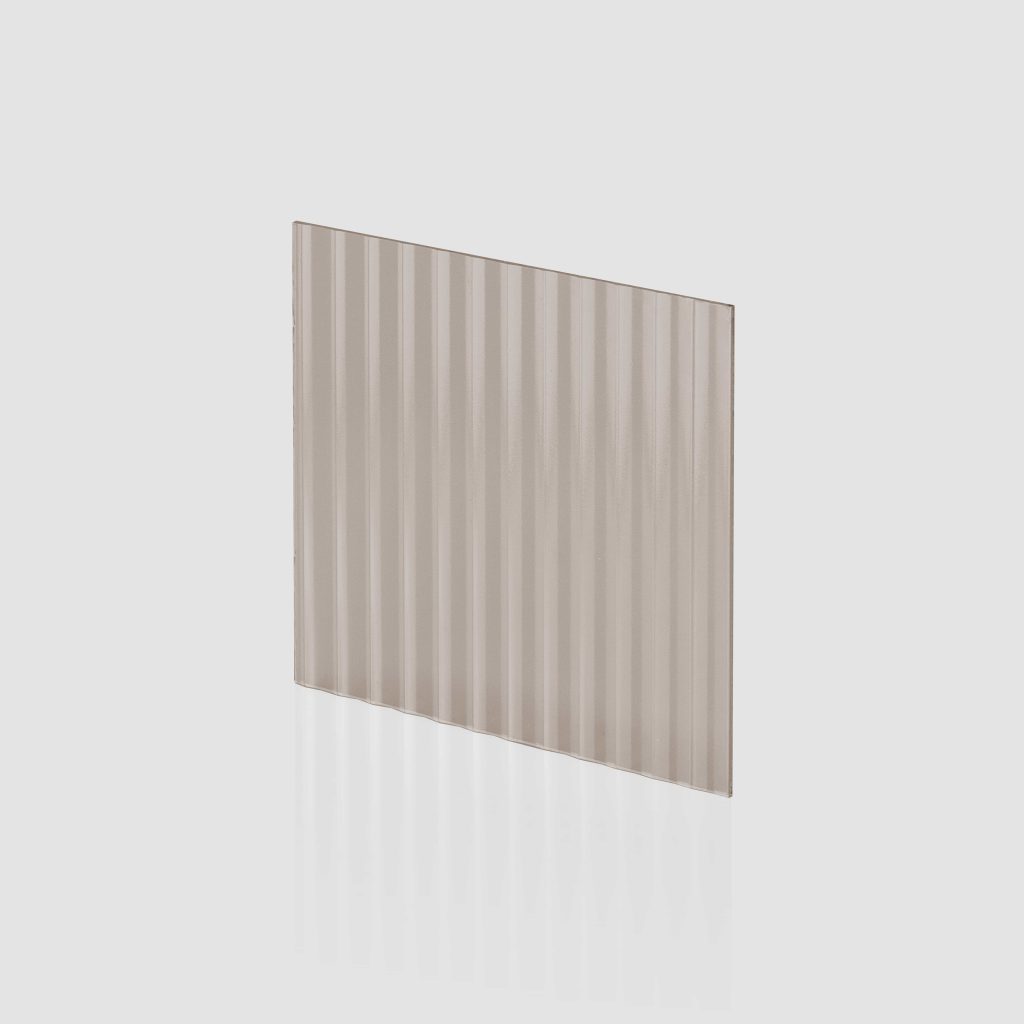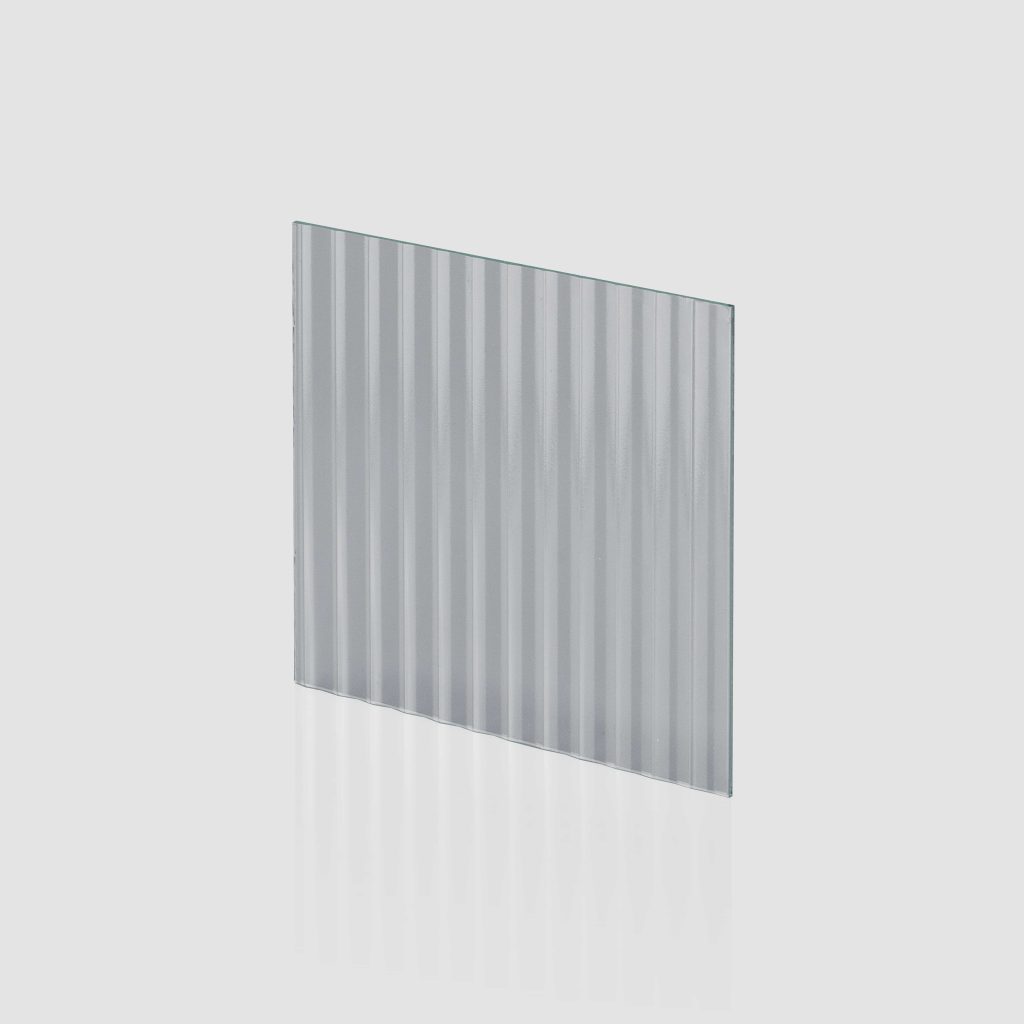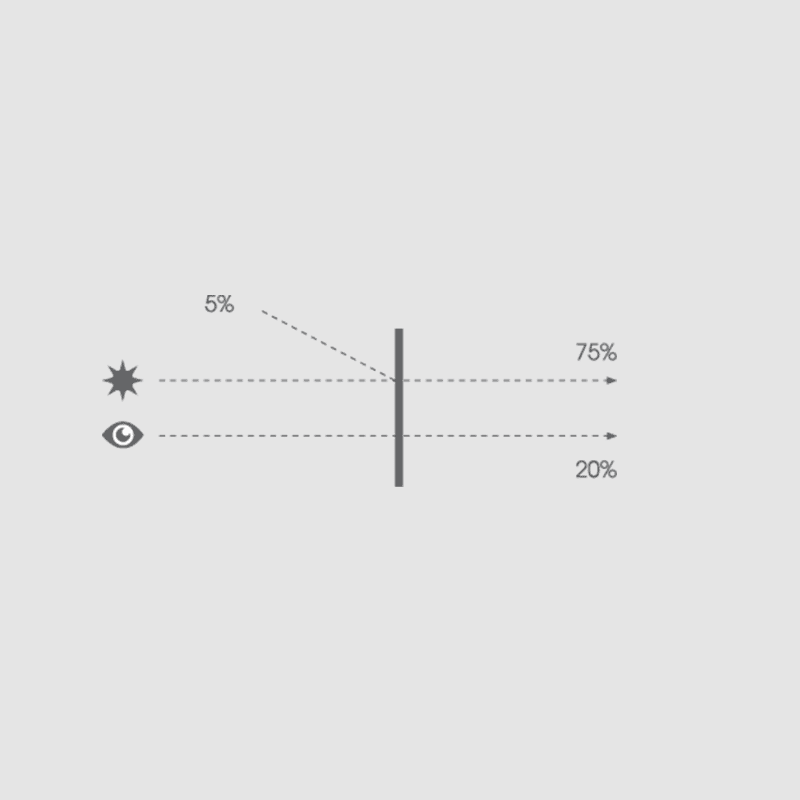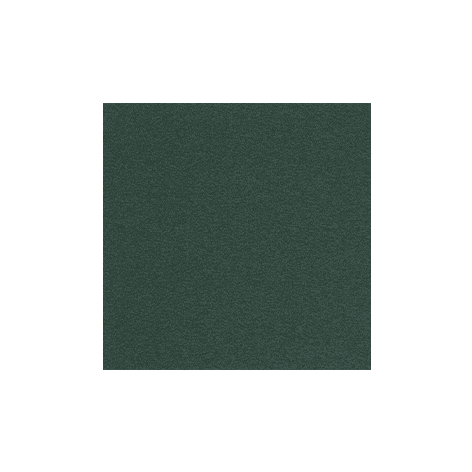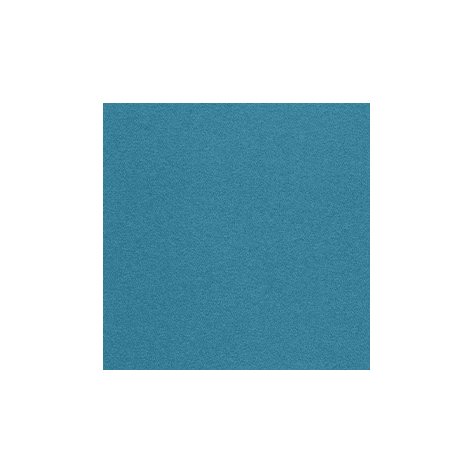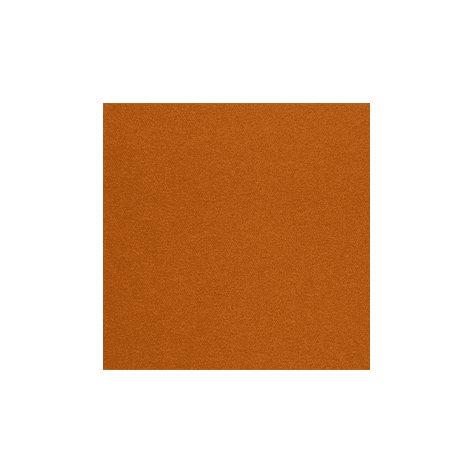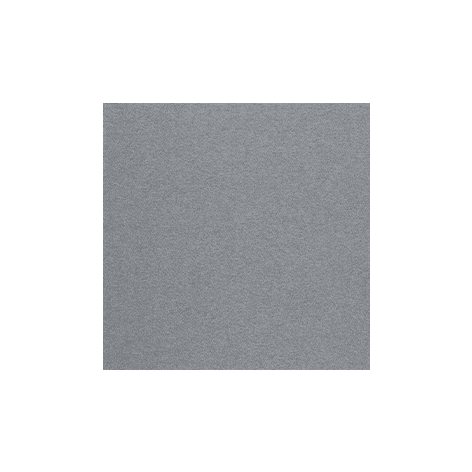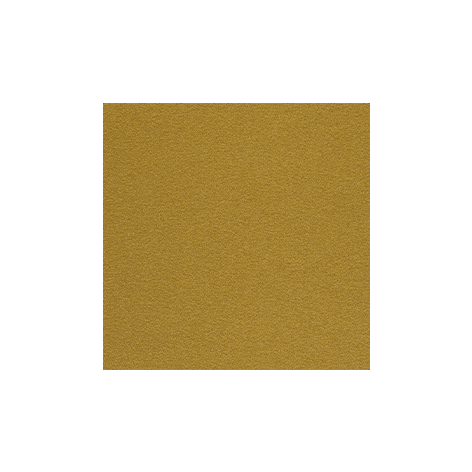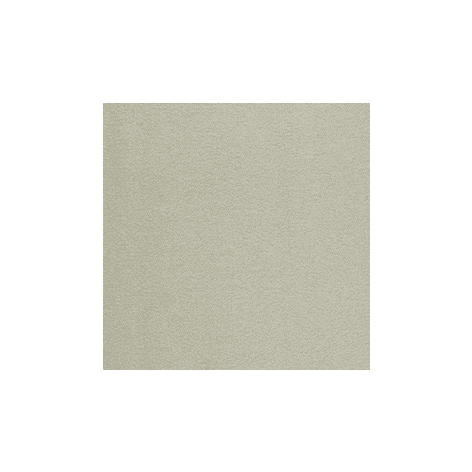ADL’s range of glass doors allows light to filter in while discreetly concealing the interior of a room
A New Concept Of Transparency
Glass serves as a versatile medium, capable of controlling, reflecting, and refracting light while transforming and distorting our perception. Acting as a membrane or ideal boundary, it conceals and protects—
a highly effective screen between indoor and outdoor environments, or enclosed and open spaces, that lets the light through while stopping air. Due to its intrinsic nature, glass has long been regarded as almost magical, a medium that connects the visible and invisible, bridging reality and the divine.
In a dwelling, the need to hide the view while preserving natural light has become increasingly important for the wellbeing of residents. ADL addresses this need not only with traditional etched and reflective glass but also with a wide range of innovative options, including textured glass and stratified mesh glass.
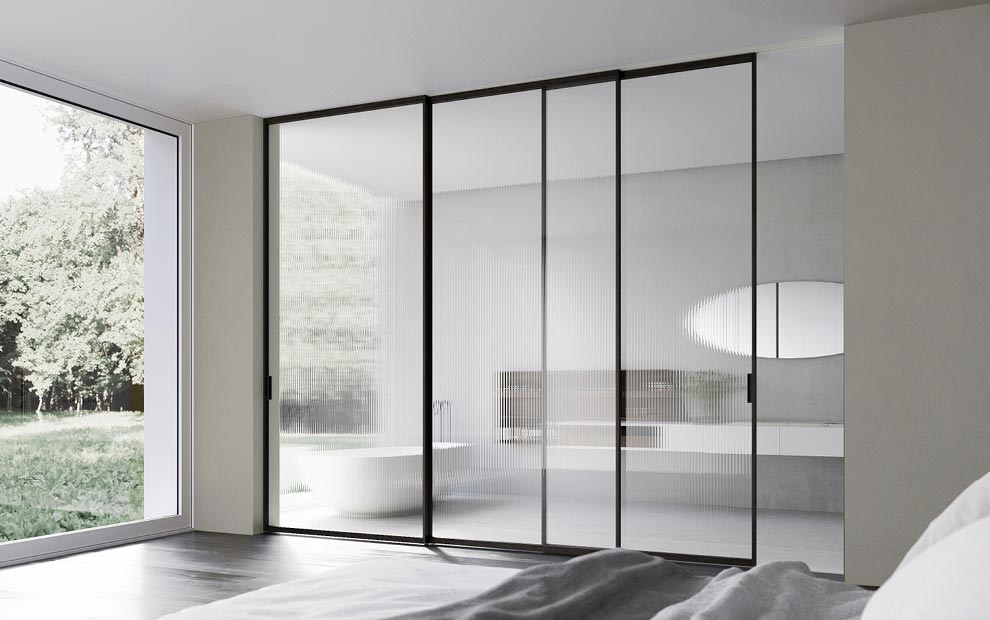
Glass To Control Light
FROSTED GLASSES
Transparent glass is treated to make one side opaque with a satin-like texture, creating a matte effect. While this treatment reduces transparency, it does not diminish light transmission, resulting in captivating plays of light and shadow. Doors made with this type of glass ensure privacy while flooding rooms with light.
REFLECTING OR REFLEX GLASS
Metal lamination adds another layer of sophistication, giving transparent glass a perfectly smooth, bright, and highly reflective surface. This transforms the glass into an opaque material, fully concealing the view and offering enhanced privacy and visual comfort, all without sacrificing light. The reflective properties of the glass adapt dynamically to changes in natural or artificial lighting, both in indoor and outdoor spaces.
MULTI-LAYERED GLASS WITH MESH
The layering of glass with refined materials creates a perfect synergy, resulting in original surfaces that enhance the intrinsic value of their elements. The insertion of metal or plastic mesh between laminated glass sheets not only increases the already high mechanical strength of the glass but also gives the product a strong stylistic identity. This process enables the creation of doors with a reduced degree of transparency compared to clear glass, generating refractions while optimising the light filtration into living spaces.
TEXTURED GLASSES
Patterned glass has long been utilised in architecture, serving as an effective lens that generates controlled light, emphasising the beauty of the surrounding design. The glass surface transforms from smooth to a three-dimensional textured effect, adding depth and character. When paired with minimalist, high-tech design elements, this type of glass creates a contemporary product. The printed patterns on the glass pane allow for the division of spaces while maintaining privacy and preserving natural light.
MULTI-LAYERED GLASS WITH FABRICS
The combination of glass and fine fabric introduces an evocative aesthetic that adds personality to both the surfaces and the rooms where they are installed. Besides protecting the fabric over time, the incorporation of linen or cotton mesh between the laminated panes imbues the product with a predominantly decorative character. This process allows for the creation of doors with a medium degree of transparency compared to clear glass, ensuring that light enters the living space in a controlled manner.
